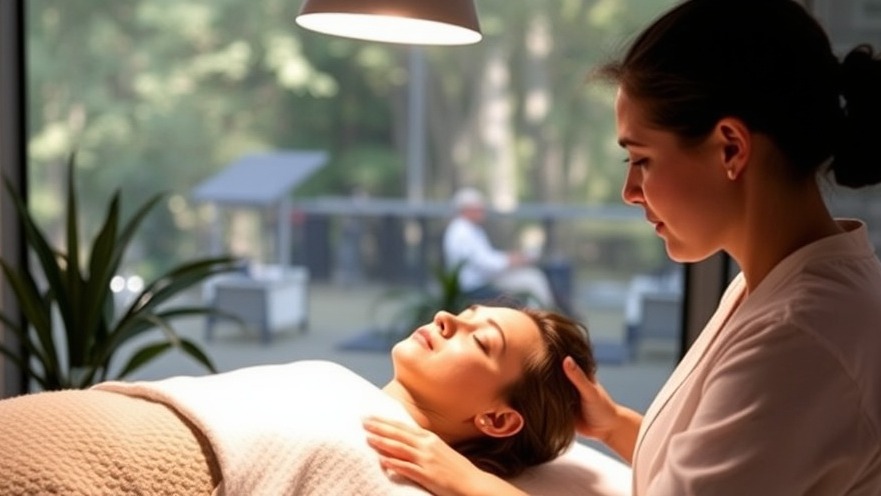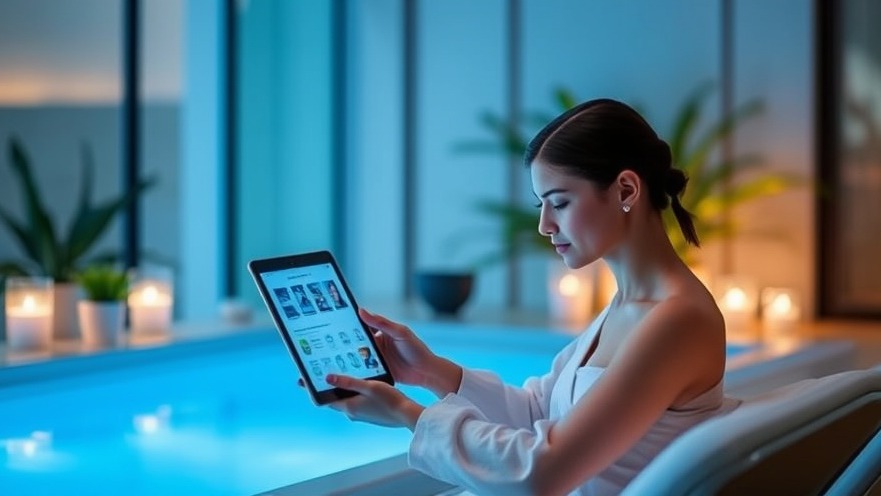
Introduction: Turning Treatments into Take-Home Experiences
Imagine a client falling in love with the lavender sugar scrub you used during their facial. They leave feeling pampered, glowing — and wishing they could take that experience home.
A decade ago, that moment of inspiration might have faded as soon as they walked out your door.
Today, with just a few clicks, that same client can order your scrub online, add a calming candle to their cart, and have both delivered to their doorstep in days.
For spa owners, this isn’t just a convenience — it’s a whole new way to extend your care, your brand, and your revenue beyond the treatment room.
The beauty and wellness industry is embracing e-commerce like never before, with platforms such as Shopify, WooCommerce, and Wix Stores making it possible for even the most tech-shy business owners to build an elegant online shop.
Whether you dream of selling custom skincare, curated wellness boxes, or signature aromatherapy blends, these tools are designed to make it achievable — and profitable.
As one spa owner put it:
“Our online store isn’t just about products. It’s about giving clients a piece of our spa experience they can enjoy anytime, anywhere.”
Your Spa’s E-Commerce Starting Point
Launching an online store can feel intimidating — especially if your background is more hands-on healing than digital marketing. But today’s e-commerce platforms are built to bridge that gap.
Here’s a quick snapshot:
Shopify: Known for sleek templates, integrated payment processing, and an app store with thousands of add-ons.
WooCommerce: A WordPress plugin offering deep customization, ideal for spas already running a blog or website on WordPress.
Wix Stores: Drag-and-drop simplicity with built-in design tools and a low learning curve.
Spa owners often find that the key isn’t just choosing a platform — it’s choosing one that fits how they work day-to-day.
If you want something you can “set and forget” once it’s up, Shopify or Wix may be best. If you want deep customization and you love creating content, WooCommerce could be your match.
“What I love is that these platforms handle the tech so I can focus on the client experience,” says Melissa, owner of a wellness spa in Portland.

Why E-Commerce Is Essential for Spas Today
The pandemic accelerated a shift that was already in motion — clients want to access wellness products without having to visit in person.
According to Statista, global e-commerce sales in beauty and personal care are projected to surpass $120 billion by 2027.
For spas, online retail has evolved from “extra” to “essential.” It can:
Maintain engagement between visits.
Introduce clients to new services through bundled products.
Build brand loyalty beyond your local area.
Think of e-commerce as the “silent service provider” working for you 24/7. Even when your treatment rooms are closed, your store can be generating sales, growing your email list, and introducing clients to new wellness solutions.
How Spa Retail Went Digital: A Short Timeline
2010s – Early adoption of Shopify and WooCommerce by boutique spas and wellness brands. Most stores were simple, with just a few products.
2020 – COVID-19 forces closures, making online sales a survival lifeline. Spas start offering gift cards, at-home facial kits, and virtual consultations alongside product sales.
2022–2025 – Hybrid business models emerge. In-person treatments are paired with curated retail experiences, loyalty programs, and subscription boxes to keep clients engaged between visits.
“The biggest change wasn’t the technology. It was the mindset — realizing we could serve clients even when they weren’t physically with us.” — Jordan, day spa owner in Seattle

Core Insights: Picking the Right Platform
Shopify for Scalable Growth
If you see yourself eventually offering a full-scale product line — maybe even wholesaling to other spas — Shopify’s built-in inventory management, POS integration, and marketing automation tools are hard to beat.
You can also connect directly to Facebook, Instagram, and TikTok Shops to sell where your clients already spend time.
Example: A luxury spa in Arizona uses Shopify to sync their in-spa sales with their online inventory so they never oversell. Clients can buy the same body oil online that was used during their massage, with free shipping over $50.
WooCommerce for Content-Driven Brands
If your spa thrives on education — think skincare tips, aromatherapy guides, or seasonal wellness advice — WooCommerce lets you weave products seamlessly into your blog content.
Example: A holistic spa in Vermont writes monthly blog posts on seasonal skincare routines, embedding direct product links for readers to purchase recommended cleansers, masks, or oils.
Wix Stores for Quick Launch
For spas that want to get online fast, Wix’s drag-and-drop editor makes it easy. You can have a store up in a weekend without knowing code, and Wix handles hosting, security, and design.
Example: A small urban spa launched a Wix store featuring only their top five products — facial cleanser, serum, lotion, bath soak, and gift card — and saw $3,000 in online sales in the first month.
Unique Differentiators That Make Clients Click “Buy”
Brand Storytelling – Clients love to know the “why” behind your products. Share your sourcing story, your philosophy, and your passion.
Exclusive Online Offers – Offer products or bundles that can only be purchased through your online store.
Experience Packaging – Sell “spa day at home” kits, complete with product instructions and ambiance tips.
Loyalty Rewards – Encourage repeat purchases by offering points or perks for every online order.
“I never thought I’d sell more bath soaks online than in person, but my clients wanted a way to recreate that post-massage bliss,” says Jordan.

Practical Tips for Getting Started
Start Small – Launch with your best sellers and expand later.
Invest in Photography – Lifestyle images resonate with wellness buyers.
Simplify Checkout – A smooth, quick checkout reduces abandoned carts.
Promote Everywhere – Link your store on your website, in emails, and on social media.
Offer Bundles – Increase average order value with curated kits.
Ask for Reviews – Social proof builds trust and credibility.
Use Retargeting Ads – Bring back visitors who didn’t purchase the first time.
Conclusion: Your Spa’s Next Growth Chapter Starts Online
Selling spa products online isn’t about replacing your in-person treatments — it’s about enhancing them. When clients can take a piece of your spa home, they’re reminded of your care every time they use it.
Key Takeaways:
Choose a platform that aligns with your growth goals.
Share your story to deepen the client connection.
Start small, then scale smart.
Keep the experience personal, even in digital form.
As one spa retailer put it:
“I thought e-commerce was about selling more stuff. Now I see it’s about staying part of my clients’ wellness journey — even when they’re far away.”
Your next loyal customer might be browsing your online store right now, ready to bring a piece of your spa into their home.
 Add Row
Add Row  Add
Add 




Write A Comment